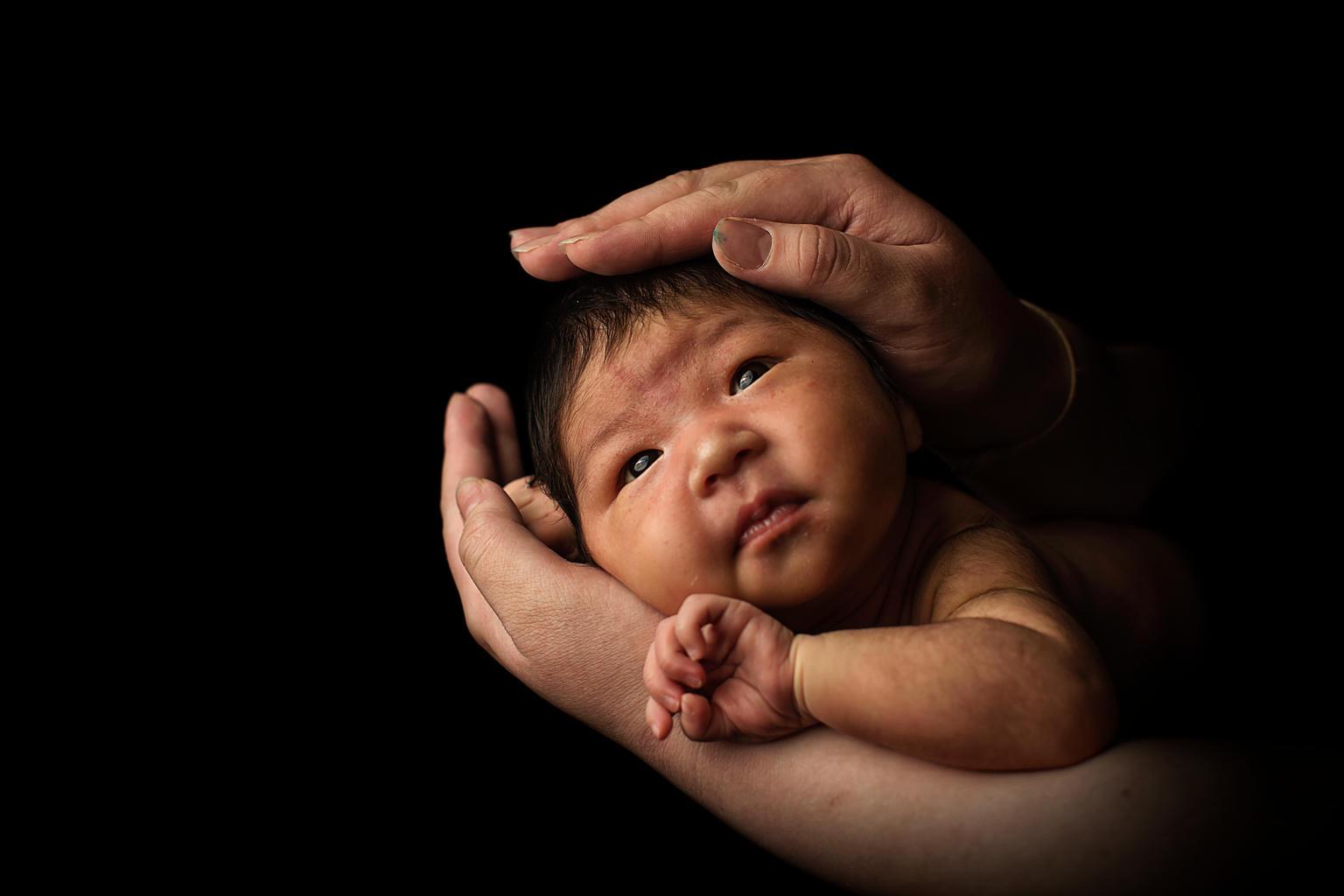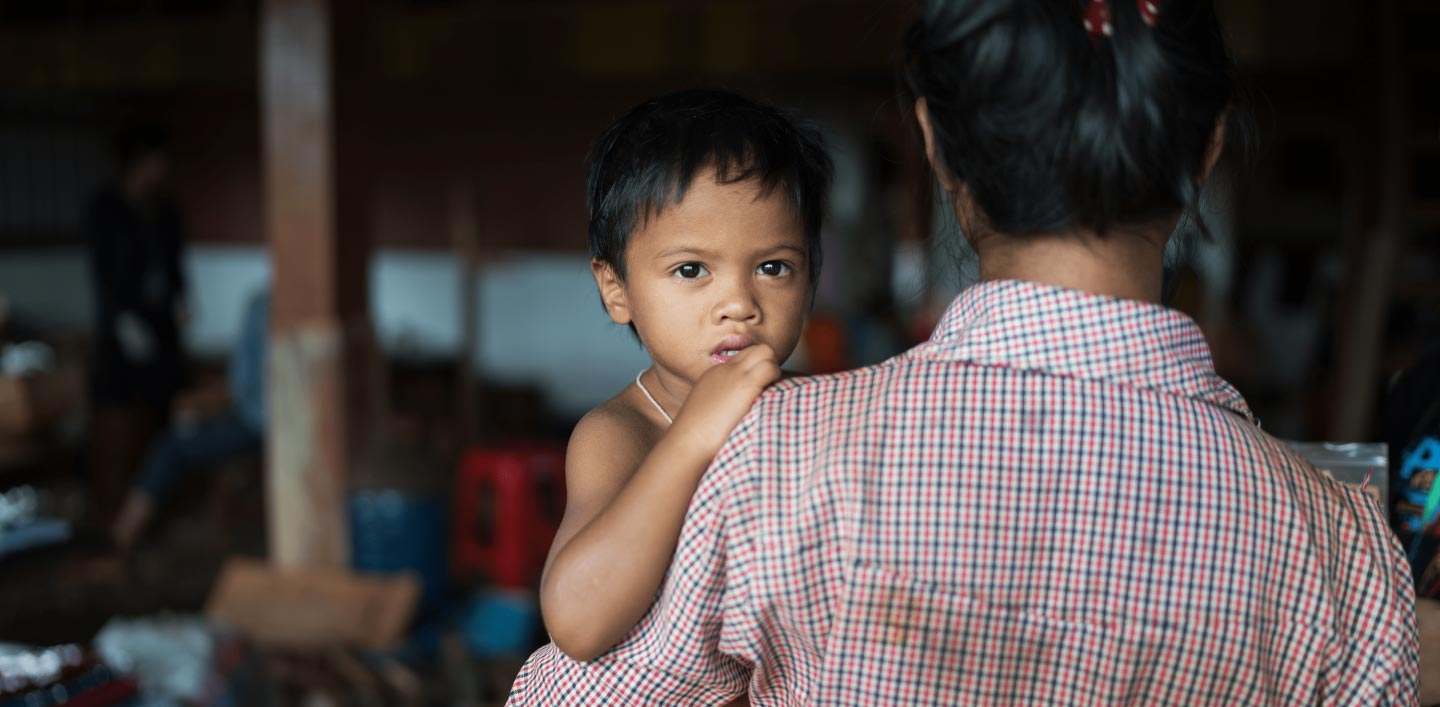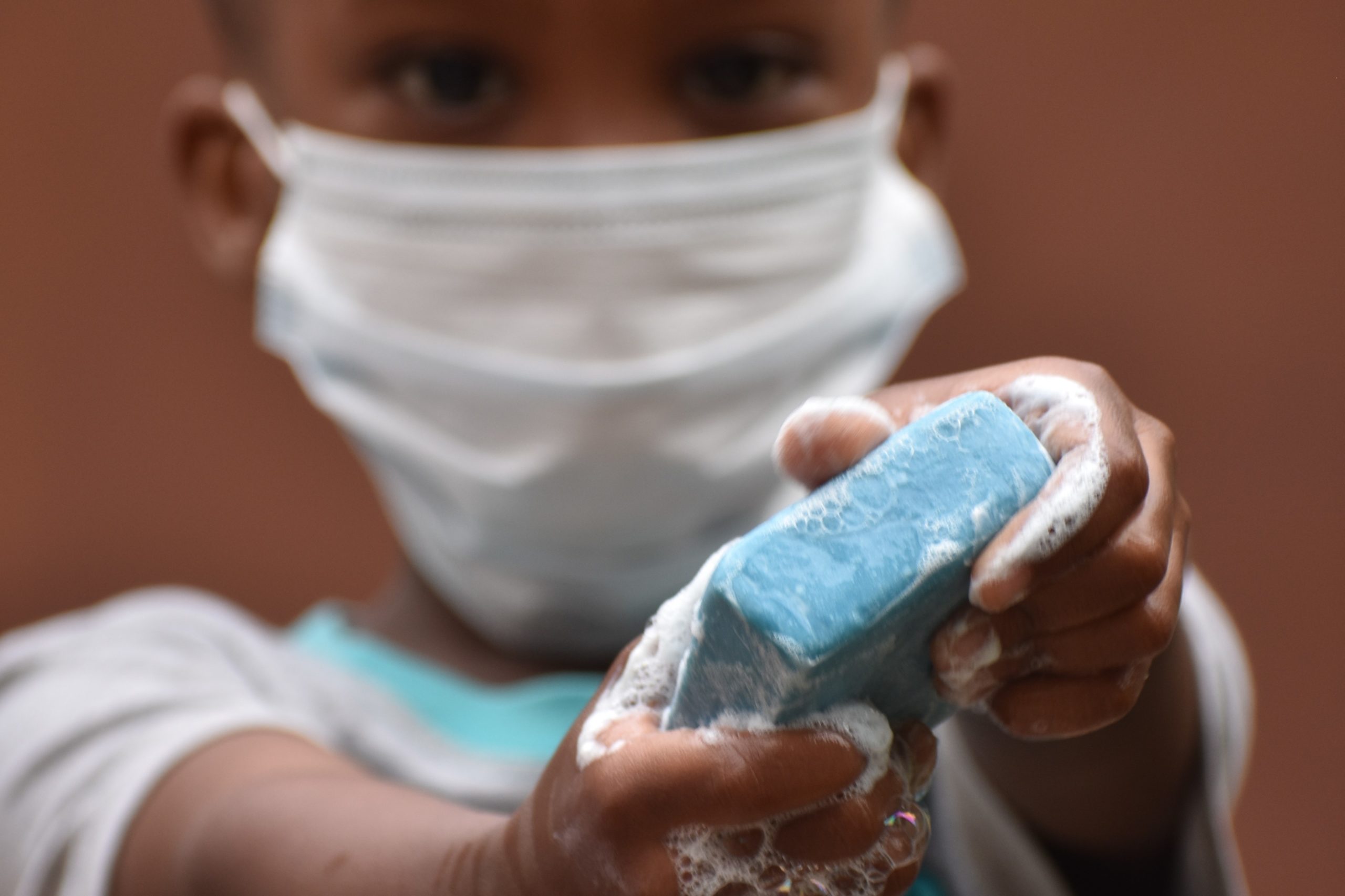Levels and Trends in Child Mortality
United Nations Inter-Agency Group for Child Mortality Estimation (UN IGME), Report 2020

The progress in reducing child mortality around the world has been remarkable. Under-five mortality rates have declined by almost 60 per cent since 1990, and as a result millions more children survive to adolescence today than they did three decades ago. The impact of the ongoing COVID-19 pandemic, however, threatens years of improvement in child and adolescent survival through the interruption of essential health services. Even before the coronavirus captured the world’s attention, it was clear that if survival targets were to be met, resources and policy would need to be geared towards accelerating progress and not just maintaining it.
While mortality rates across age groups have continued to decline, the numbers of child and adolescent deaths remain unconscionable – 7.4 million children and young people under the age of 25 died in 2019 alone largely due to treatable causes such as infectious diseases. More than 5 million children died before reaching age 5, and nearly half of those deaths were among newborns (birth to 28 days of age).
The latest Levels and Trends in Child Mortality: Report 2020 from UNICEF and partners in the UN Inter-Agency Group for Child Mortality Estimation (UN IGME), shows the full scope of child mortality rates across the world – from newborns to adolescents, including for the first time this year, estimates for youth aged 15–24 years – as well as the progress made toward meeting the SDG targets by 2030.
The report finds that while progress continues each year, it is urgent that we accelerate our efforts in preventing child deaths. Current trends predict that close to 23 million 5- to 24-year-olds and 48 million children under 5 will die between 2020 and 2030. Almost half of these under-five deaths will be newborns. Progress has also been uneven, and children continue to face grave disparities in their chances of survival. In sub-Saharan Africa, for example, 1 in 13 children died before reaching their fifth birthday in 2019 – a rate that is 20 times higher than the rate of 1 in 264 in the region of Australia and New Zealand and 20 years behind the world average, which achieved a 1 in 13 rate by 1999.
These deaths – particularly the regional and socio-economic disparities – reflect the broader influence of sustainable social and economic development on children’s health. Basic health services like vaccination, medical treatment, adequate nutrition and clean water and sanitation become matters of life and death when children and young adolescents do not have access to them. Reducing inequalities and strengthening health care systems, especially in the face of COVID-19, is essential for ending these preventable childhood deaths and for ensuring that no child is left behind.


